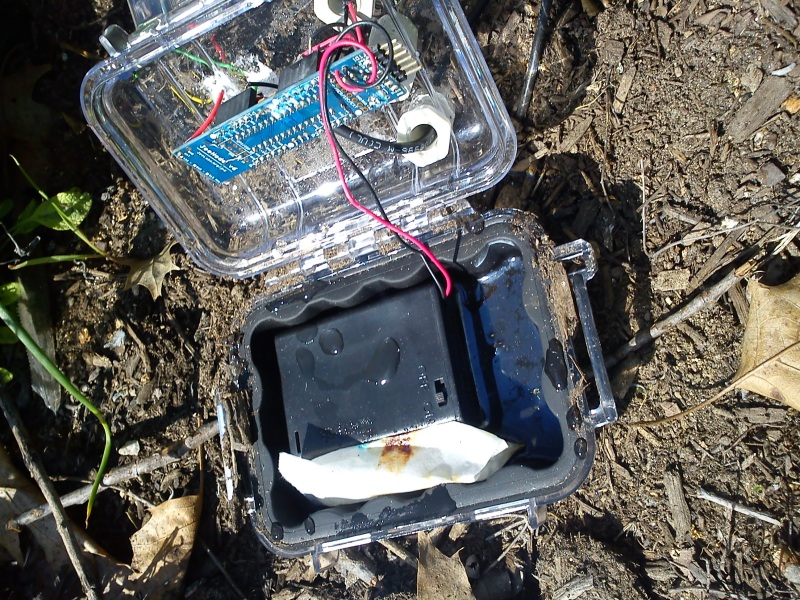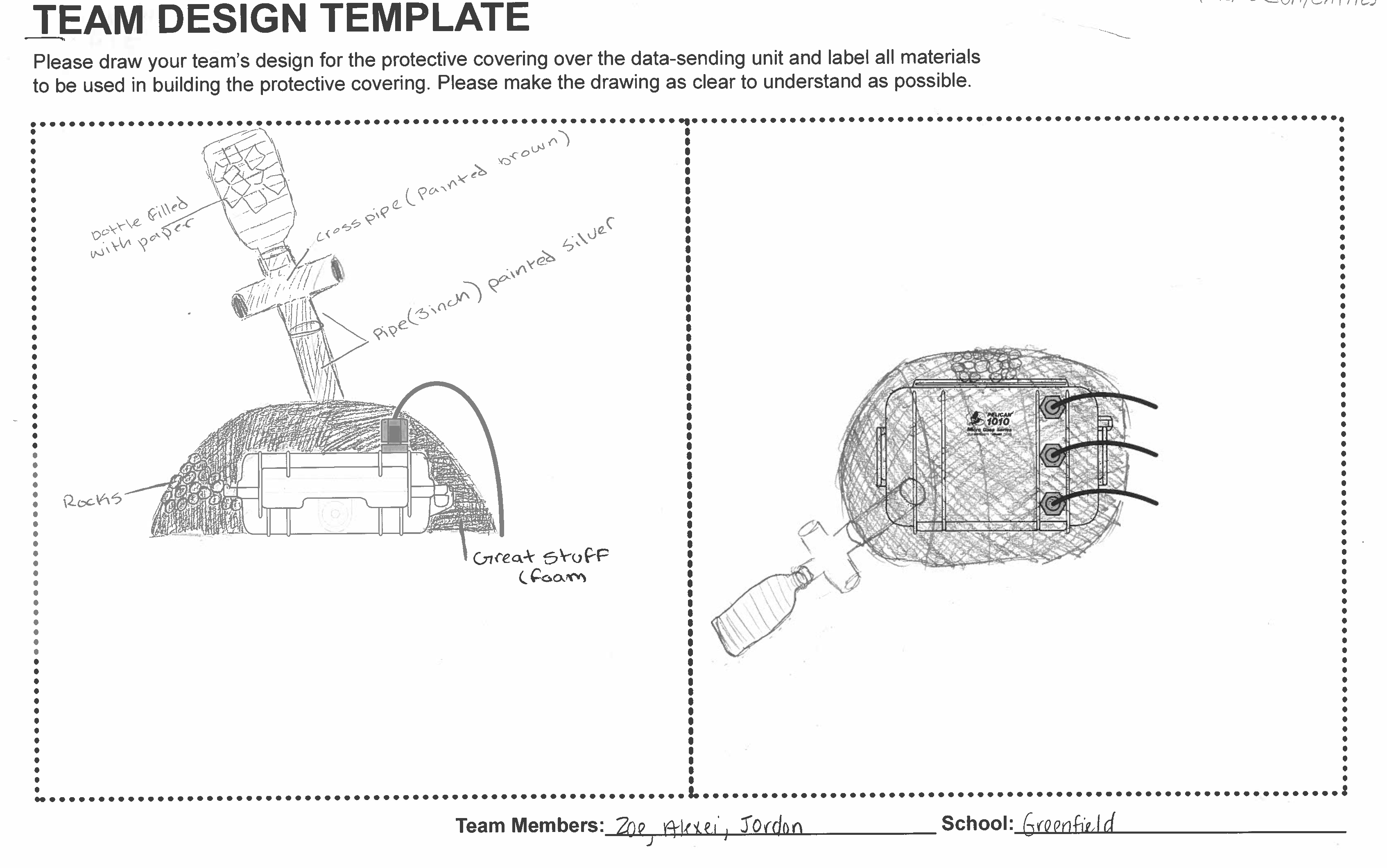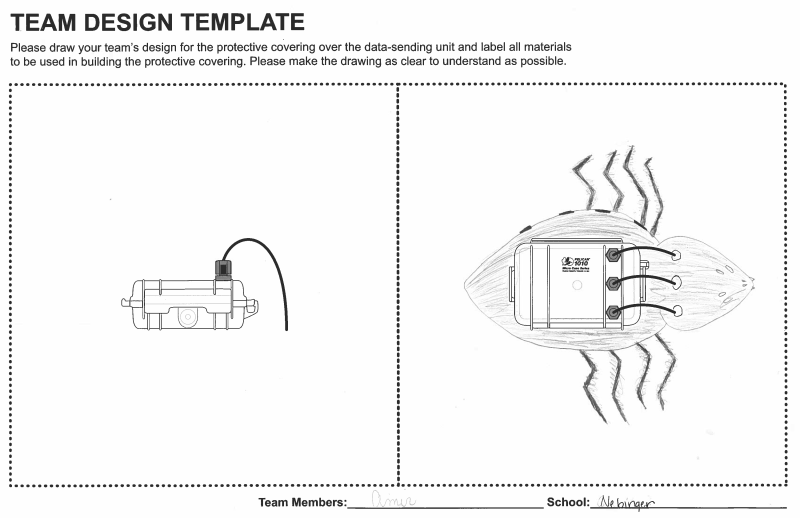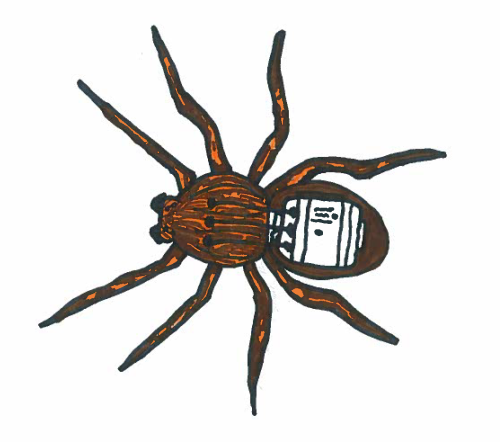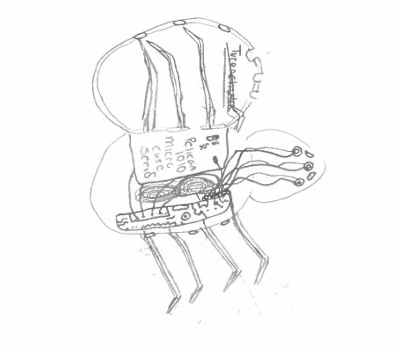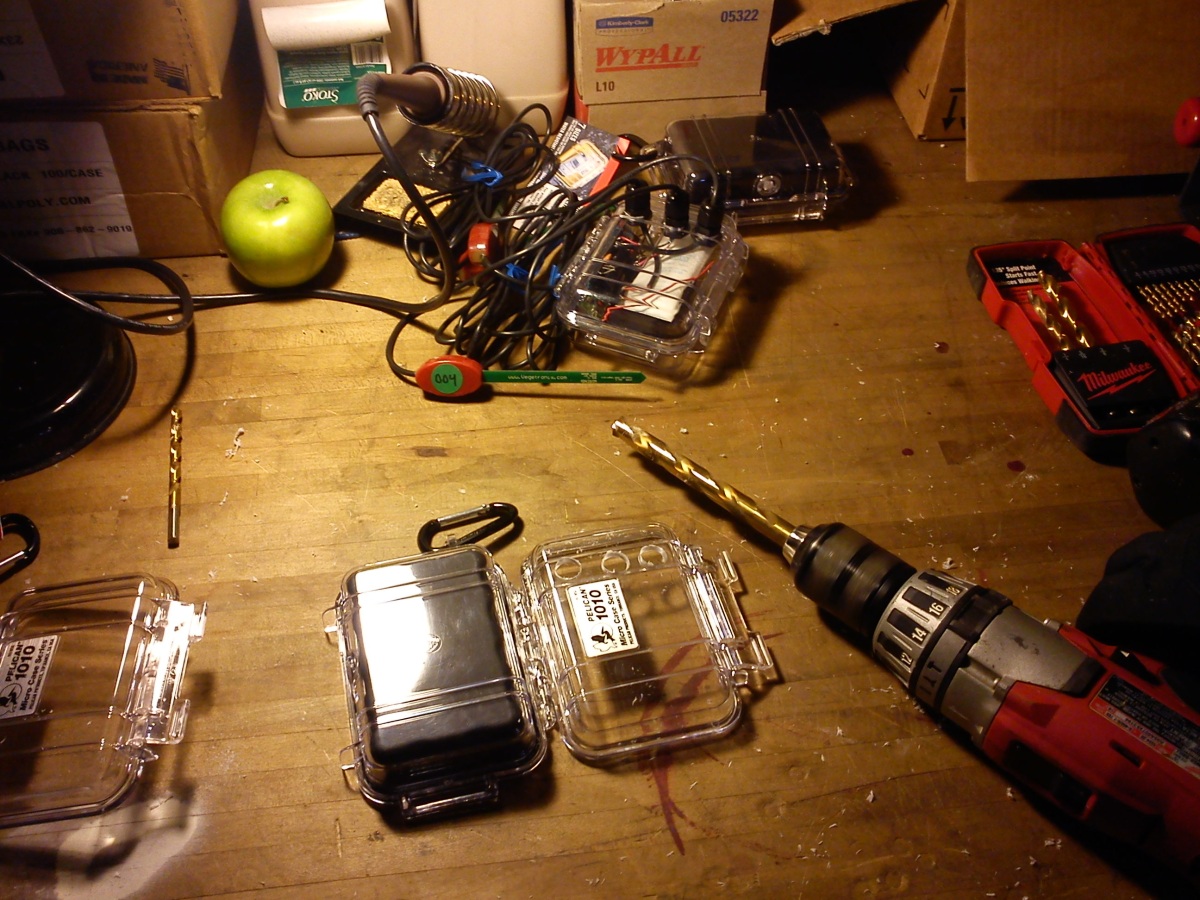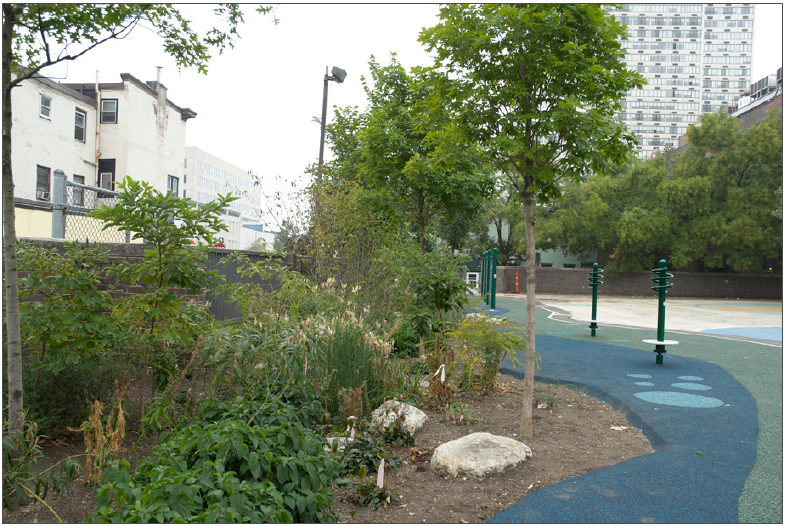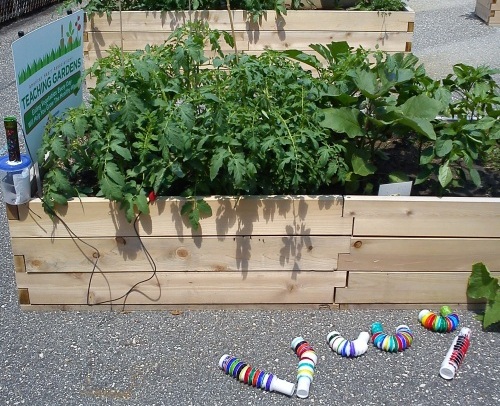 This summer, the playground at Nebinger Elementary School in Bella Vista will lose some impermeable asphalt and gain a rain garden and some porous play surface. It’s all part of a plan to capture stormwater and protect our rivers and streams. But after construction is finished and the vegetation is planted, students may not even realize the function of the system in place.
This summer, the playground at Nebinger Elementary School in Bella Vista will lose some impermeable asphalt and gain a rain garden and some porous play surface. It’s all part of a plan to capture stormwater and protect our rivers and streams. But after construction is finished and the vegetation is planted, students may not even realize the function of the system in place.
Thanks to an engaged principal, faculty and educators from the Fairmount Water Works Interpretive Center, however, students are already learning about water-related issues and getting ready for a greener play area (the school already has a very productive vegetable garden in raised planter beds). When teacher Rachel Odoroff was looking for a year-end project for her 7th and 8th grade science classes, we saw an opportunity to introduce some of our work with sensors into the classroom.
The challenge: In two days, work with the students to design and install some sensors to monitor the vegetable garden.
The plan: Well, it’s a bit too ambitious to try to access the school’s WiFi network and get the Solar Sunflower server to display the data, so we decided to make a datalogger to record soil moisture and temperature in the garden. We gave the students a short introduction to the electronics, and they got started with designing the housing. The result? A snake made out of a tupperware container for the head, and pieces of flexible plastic plumbing connectors (the kind you might use to connect pipes under your sink).
Below is the “head” of the snake: an Arduino, an SD card shield (data is written to an SD card, like the memory card in your phone or camera), a battery pack with 4 AAs, and red LED “eyes” that light up when the soil is too dry. The temperature sensor is a black wire that protrudes from the front of the head, like a tongue.

Here is the head of the snake in the garden, placed among some tomato plants:

The tail of the snake—the soil moisture sensor‘s wire threads through the tubing and the sensor is buried about four inches in the ground:

Unfortunately the end of school means the students won’t have an opportunity to examine much of the data, but we’ll be back during the summer to check on the snake every once in a while. We hope to build on this project next year—add wireless communication, upload data to the web in real time, add a light display—and extend it to monitor the rain garden. Thanks to Ms. Odoroff, her students, Drexel co-op Tommy Thompson, and Fairmount Water Works education and outreach coordinator Ellen Schultz for making this project happen. Thanks to PWD engineer Stephen White for coming up with the phrase “snakes on a playground.”
